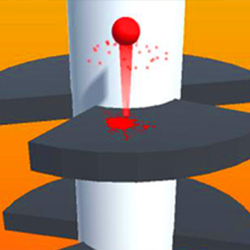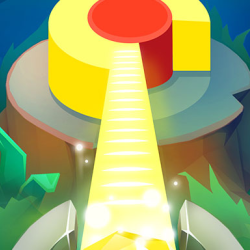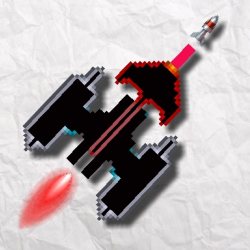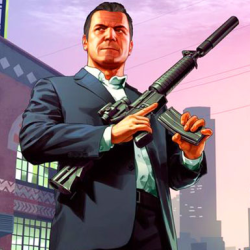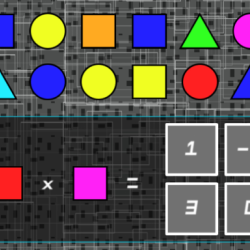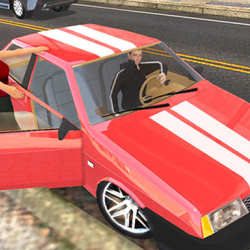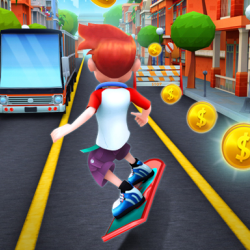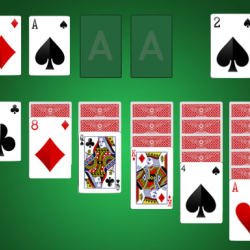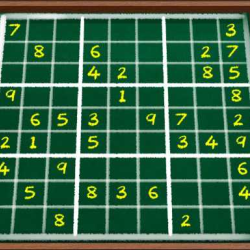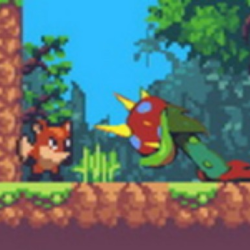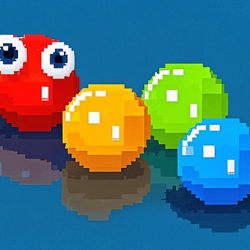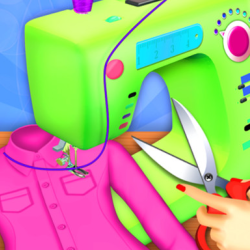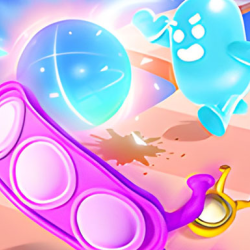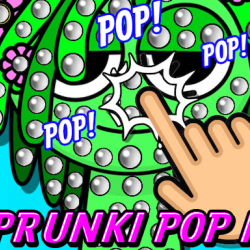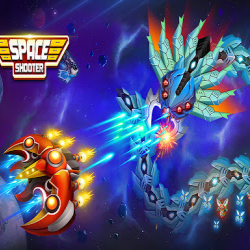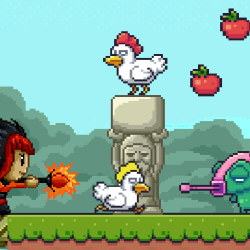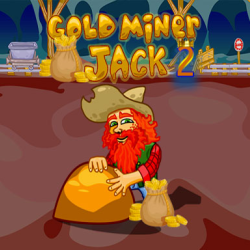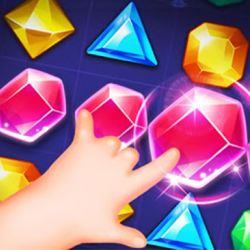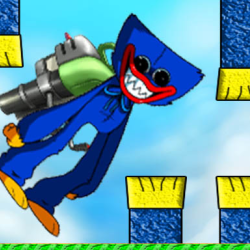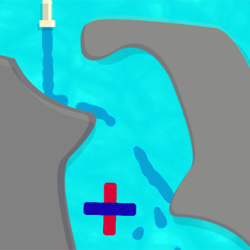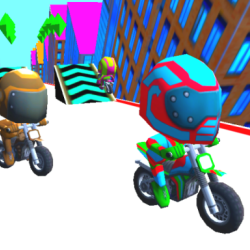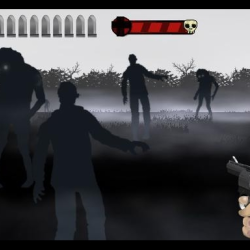Sonic Card Match
Control
Tap to Start
Description
Sonic the Hedgehog, the iconic blue speedster, serves as the face of Sega’s flagship series, starring in games, comics, and animated adaptations. With supersonic agility and a signature spin attack, he dashes through vibrant worlds, dodging foes while collecting golden rings. Created by developer Yuji Naka and designer Naoto Ohshima, Sonic emerged in 1991 as Sega’s answer to Nintendo’s Mario, crafted by Sonic Team to embody attitude and velocity. His 1998 redesign under artist Yuji Uekawa introduced a sharper, edgier aesthetic, broadening his appeal across generations. By 2011, the franchise had surpassed 80 million sales, cementing Sonic’s status as a pop culture icon. His induction into the Walk of Game in 2005 alongside legends like Mario underscored his enduring legacy. Debuting as a dangling ornament in *Rad Mobile* (1991), Sonic’s first playable role arrived later that year in *Sonic the Hedgehog* for the Genesis, pitting him against the villainous Dr. Robotnik (later Dr. Eggman). Sequels expanded his world: *Sonic 2* (1992) introduced Tails, his two-tailed fox ally, while *Sonic CD* (1993) added love interest Amy Rose and the menacing Metal Sonic. The *Sonic 3* and *Sonic & Knuckles* duo (1994) introduced Knuckles, a rival tricked into opposing Sonic. The episodic *Sonic 4* (2010–2012) revisited classic gameplay, reuniting Sonic with Tails and reigniting battles against Metal Sonic. Handheld titles like *Sonic Advance* (2001–2004) and *Sonic Rush* (2005–2007) kept 2D platforming alive, while *Colors* (2010) and *Generations* (2011) blended nostalgia with modern mechanics. Transitioning to 3D, *Sonic Adventure* (1998) thrust Sonic into Station Square’s chaos, battling the watery entity Chaos. Its sequel (2001) entangled him in a case of mistaken identity with Shadow the Hedgehog. *Sonic Heroes* (2003) redefined teamwork with trio-based gameplay, countering Metal Sonic’s global takeover. The divisive *Sonic ‘06* (2006) wove time travel and a doomed romance, while *Unleashed* (2008) split his persona into speedster and hulking Werehog. Spin-offs like *Secret Rings* (2007) and *Black Knight* (2009) reimagined him in storybook realms, blending folklore with high-speed action. Beyond platformers, Sonic starred in racing spinoffs (*Sonic Riders*, 2006–2010), pinball (*Spinball*), RPGs (*Chronicles: The Dark Brotherhood*, 2008), and even fighting games (*Sonic the Fighters*, 1996). Allies like Knuckles and Shadow headlined their own titles, from *Chaotix* (1995) to *Shadow the Hedgehog* (2005), though Sonic often made cameos. Each entry, whether core or experimental, reinforced his role as a versatile, enduring symbol of gaming’s golden era and beyond.
